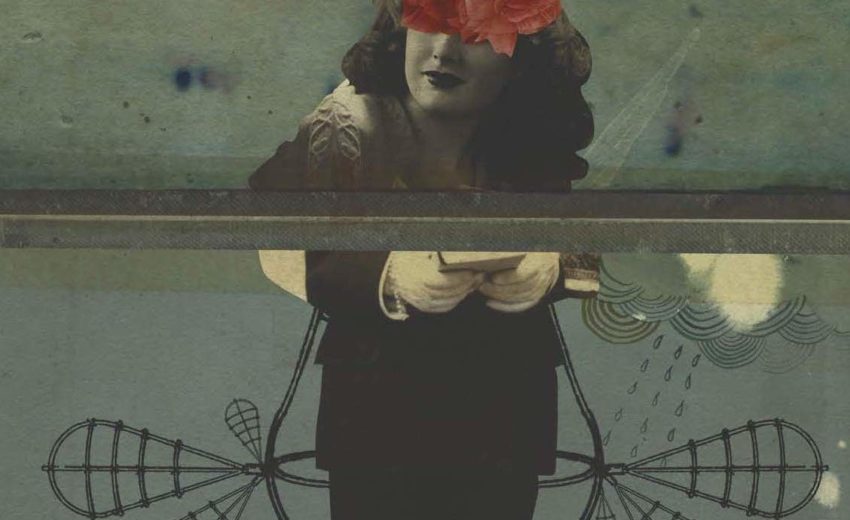Week 2 – Lectures That Stayed With Me

This week was chock-full of interesting lectures that overlapped with each other in a multidisciplinary fashion. Having come from a Literature and Language background, I was pleasantly surprised by the challenge engaging with ‘new’ disciplinaries created. Some stand out points throughout the week included:
- Having to revisit Higher/GSCE drama in order to create a three-act play for the ‘Interdisciplinary Futures‘ course in fifteen minutes. This was especially challenging as we had to work in teams we hadn’t selected, with individuals we knew little about. Coming together like that, drawing from our respective backgrounds, to work on a shared creative piece was taxing – but ultimately rewarding.
- Being presented with three Notebooks of code in the ‘Text Remix‘ lecture/workshop, and being tasked to experiment with lines of code, as well as complete exercises included. This was nothing like I’d ever had to do before in prior courses, and so it was very much a ‘square one’ moment for I; placed on the first square of the board and having to plan my route ahead from the very start with little to go by in terms of experience. Having spent a large part of this weekend exploring it, I am gradually making progress across the ‘board’ (or at least I hope so ^^).
- Creating an illustration for the course ‘Visual Narratives’. The written and spoken poems included in the course folder were beautiful and spoke of pain, loss, tragedy, and rebirth. In words, I could very much attempt to contextualise and examine the works of the poets Kathy Jetñil-Kijiner and Aka Niviâna. However, the task was to create/find an image in conjunction with our written piece, and so creating one that ‘fit’ the voice and intent of the poem was a challenge as I have little art experience. However, ultimately, when the finished product sat completed on the screen following hours of work, the satisfaction was cathartic.
However, all in all, the stand-out point of this week was the dual lecture between Doctors Nadanai Laohakunakorn and Dr Jane Alexander. I especially enjoyed Dr Laohakunakorn’s detailing of Day and Night Science and some of the following key points he made in his lecture:
If creativity is so important, why do we not talk about it more?
- Perception that creativity cannot be learned?
- Perception that creativity is unimportant to science?
- Can we promote creativity within the sciences?
- What can we learn from the arts and humanities?
How do we cultivate creativity in science?
- Recognising its value
- Allowing chance
- Fast feedback/trial-and-error – more creative solutions to problems
- Mental space for reflection; time management
- Formal training?
Creativity is an essential part of scientific endeavour but not so commonly acknowledged or discussed.
Closer collaboration with specialists from arts and humanities could help train scientists to cultivate creativity.
It was a clever and fascinating lecture as I do not have any experience with biology (let alone synthetic biology) and so it allowed me to adopt a different perspective to familiar questions – if even just for a moment.
Immediately following this lecture, came a lecture I am still quoting to this day. That of the brilliant Dr. Alexander who truly took what I thought was already familiar (as a Literature student and a creative writer myself), and presented it in an altogether different manner. I replayed the lecture twice that evening, taking several notes as I did. Some points I greatly enjoyed were as follows:
- One further characteristic of creative writing as research is that it often operates by a process of accumulation (e.g. short story collection).
- This may be a form of knowledge production that is specific to practise research, with new knowledge becoming evident through accumulation in a development of the thought that has been attributed in various formulations to a number of writers including E.M. Forster, Flannery O’Connor, Joan Didion, and Stephen King.
- Her research explored the notion of a specifically contemporary version of the uncanny in short fiction, one that can illuminate and interrogate social, psychological, and physical impacts of science and technology.
- The uncanny in creative writing [tropes identified by Freud]: the trope of the ‘double’ which destabilises identity, returns from the dead which creates uncertainty between what’s real and what’s not, and confusions between people and objects which unsettles distinctions between human and machine.
- Many of the tropes identified by Freud can be closely connected to technologies of the time in which he was writing. For instance: electricity, recording, and tele-technologies, had unsettled distinctions between living and dead, anime and non-animate, and erased spatial and temporal boundaries. Plus mass production.
Some of the points I took away from this dual lecture were how writing as part of a collaboration would be different to the creative writer’s usual practice. The story would be composed by the writer, but there was an obligation not to misrepresent the science. The writer is already a collaborative practitioner. A story is already a collaborative practice. It is incomplete until imagined by a reader, so it must always be co-created.
When listening to a scientist explain their research, the writer is taking on the reader role; expanding imaginatively on the information they provide in order to activate it in a new experimental sense. Productive, generative ambiguity is one of the great paradoxical gifts that science gives to writers of fiction. Although science itself is considered with precision, accuracy, certainty, it can also provide a tremendous space for uncertainty that opens up the possibilities on which fiction thrives.
All in all, a truly excellent opening to a fascinating course! 🙂



